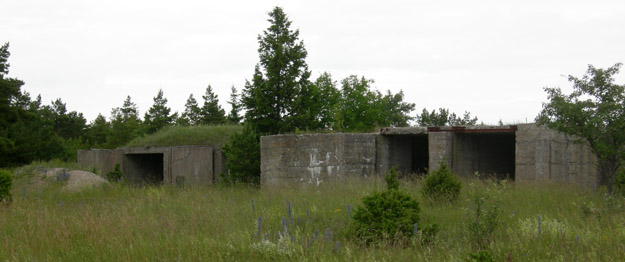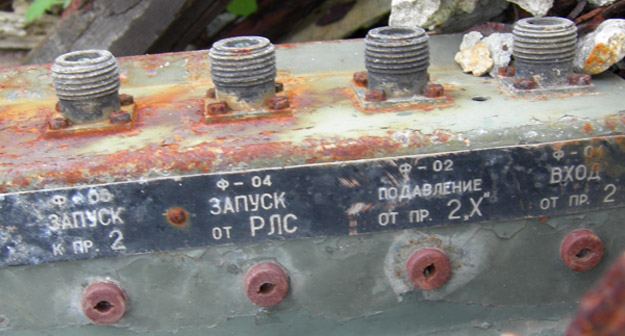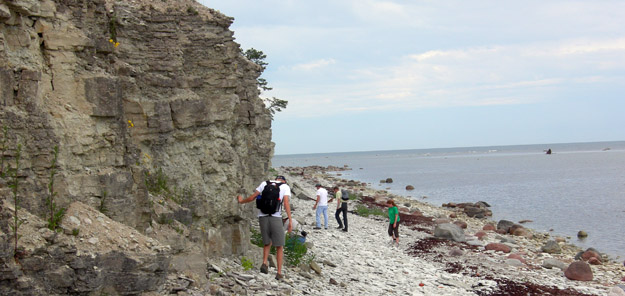TAGAMOISA PENINSULA, SAAREMAA, ESTONIA–The Soviet Union forcibly occupied Estonia in 1940-41, it was briefly replaced by German invaders from 1941 until 1944, and Soviet occupation resumed in 1944 until Estonian independence in 1991. Tens of thousands of Estonians were deported to Siberia and Kazakhstan. Tens of thousands more were forcibly conscripted into the Red Army in World War II (only 30% returned home), and thousands were executed. It is a wonder of history that this small country survived such Soviet oppression and then flourished so quickly when it liberated itself less than two decades ago.
The Soviets turned coastal Estonia into a vast fortified area, closing long coastlines and declaring all the islands as restricted “border zones”. Estonians could not even visit most of their own northern shores and islands. Abandoned Soviet concrete bunkers and other military facilities are still very common along the coasts and in the interior.

Soviet bunkers which once housed anti-aircraft missile batteries near Suuriku Cliff, northern Saaremaa, Estonia.
Today by Estonian law, all land within 300 meters of a coastline has guaranteed public access. Vast amounts of territory were liberated when the Soviets finally evacuated all their troops in 1994. As scientists we intersect this tragic and ultimately inspiring history when we visit these once forbidden coastlines. We look at rocks and fossils which were untouched by geologists for over half a century. It is a celebration to bring information from these wonderful regions out into free scientific dialogue again.




